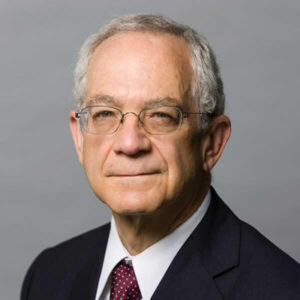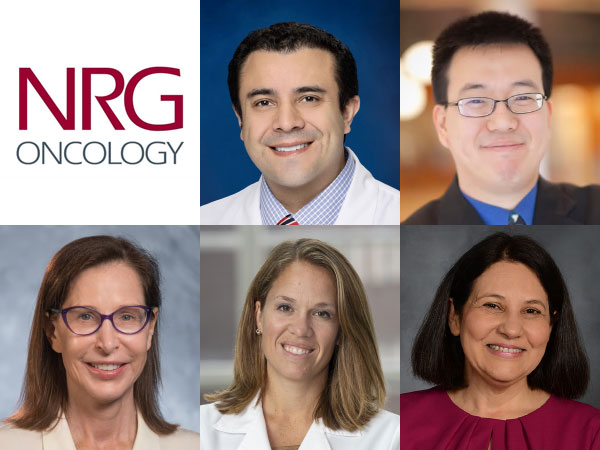Before the results of the ANal Cancer/HSIL Outcomes Research (ANCHOR) study became available earlier this week, there was no clear reason to screen for the anal cancer precursor, anal high-grade squamous intraepithelial lesions (HSIL).
Anal HSIL rarely causes symptoms, and essentially the only reason to treat it would be to prevent anal cancer, a benefit that had not yet been demonstrated. However, with the ANCHOR results, prevention of anal cancer by treating anal HSIL now provides a rationale to screen for and treat anal HSIL in people with HIV (PWH), and possibly others at increased risk of anal cancer.
The results of the study were published on June 16 (Palefsky JM et al. Treatment of anal high-grade squamous intraepithelial lesions to prevent anal cancer. New Engl J Med 2022; 286:2273-82).
Anal cancer is a rare disease in the general population, but its incidence has been increasing for several decades. However, the incidence of anal cancer is high in specific risk groups, including men, women, and transgender PWH.
Among those at highest risk are men with HIV who have sex with men. Anal cancer is the fourth most common cancer among PWH in the U.S. It is also increasingly a cause of death among PWH as well as the general population.
Like cervical cancer, most if not all cases of anal cancer are caused by human papillomavirus—primarily HPV 16—and, like cervical cancer, anal cancer is preceded by HSIL. Secondary prevention of cervical cancer through identification and treatment of cervical HSIL is highly effective, raising the possibility that anal cancer might similarly be prevented through identification and treatment of anal HSIL.
This would be highly desirable given the high mortality rate of advanced anal cancer and the substantial morbidity associated with treatment of anal cancer with chemoradiation.
However, it was not known if treatment of anal HSIL would prevent anal cancer; treatment of anal HSIL can be challenging, and recurrences are common, particularly in PWH. Thus, to determine if treatment of anal HSIL would in fact prevent anal cancer in PWH, it was necessary to perform a randomized trial.
The ANCHOR study was an NCI-sponsored, AIDS Malignancy Consortium randomized controlled trial designed to determine if treatment of anal HSIL is effective in reducing the incidence of anal cancer in PWH ≥35-years-old. 10,732 participants from sites across the U.S. and Puerto Rico underwent high resolution anoscopy-guided biopsy of visible lesions.
PWH have contributed extensively and selflessly in the past to advance our understanding of medical science with benefits not only to themselves but to many others without HIV.
A high proportion (53% of the men, 47% of the women, and 67% of transgender persons) had anal HSIL. Eligible participants with HSIL were randomized 1:1 to treatment with one or more of several modalities (office-based ablation, treatment under anesthesia, topical 5-fluorouracil, or imiquimod) or active monitoring without treatment. Participants were followed every 3-6 months, and biopsied any time there was concern for cancer. The primary outcome was time to anal cancer.
4,446 participants were included in the time-to-cancer analysis. Most treatment arm participants (83.6%) were treated with office-based ablation, primarily hyfrecation. Nine cases were diagnosed in the treatment arm (173/100,000 PY, 95% CI: 90-332) and 21 (402/100,000 PY, 95% CI: 262-616) in the active monitoring arm. HSIL treatment resulted in a 57% reduction in anal cancer (95% CI: 6-80, p=0.029 by log-rank test). Study-related serious adverse events were uncommon: seven in the treatment arm and one in the monitoring arm.
The ANCHOR study shows for the first time that treatment of anal HSIL can reduce the risk of progression to anal cancer in PWH ≥35-years old. Treatment consisted mostly of office-based ablation, a procedure that is relatively quick, inexpensive, and well-tolerated.
The data suggest that, along with other considerations such as impact on quality of life and cost-effectiveness analyses, HSIL treatment should be included as standard of care in this population.
Institution of an anal cancer prevention program will have several challenges. HRA is not suitable as a screening tool given its cost and limited availability, and screening algorithms to determine whom to refer to HRA, with tests such as anal cytology or HPV testing, have not yet been optimized. This is an important area for future research.
Biopsy confirmation and treatment of anal HSIL both require HRA, a skill that has a long learning curve, and the number of providers is currently very limited. Training programs will need to be quickly scaled up, while maintaining the high standards needed to successfully implement an anal cancer prevention program.
While ANCHOR has shown that treatment of anal HSIL can reduce the risk of anal cancer, treatment failure occurred too frequently, and further improvements in treatment of anal HSIL are needed.
Only a fraction of HSIL will progress to anal cancer, and given the high prevalence of HSIL in PWH, biomarkers of progression will need to be identified to determine who needs treatment most urgently.
And finally, although PWH represent the group with some of the highest rates of anal cancer, only a small fraction of the cases of anal cancer occur in this group.
Many occur in other high-risk groups, such as those immunosuppressed due to solid organ transplant, or women with HPV-related cancers or pre-cancerous lesions of the cervix or vulva.
What do the results of ANCHOR mean for these groups?
Treatment of anal HSIL might be useful in these groups, but it seems extremely unlikely that ANCHOR can be replicated due to the size and cost of a group-specific randomized trial, along with ethical concerns in having a monitoring arm in the post-ANCHOR era. Policymakers and modelers will need to weigh in.
A new era thus begins in cancer prevention in PWH—for anal cancer—a disease that is widely unknown, yet surprising common in this group, and horrific. PWH have contributed extensively and selflessly in the past to advance our understanding of medical science with benefits not only to themselves but to many others without HIV.
With their contributions to ANCHOR, they have done so once again.
ANCHOR was funded by NCI UM1CA121947, ClinicalTrials.gov number NCT 02135419.












